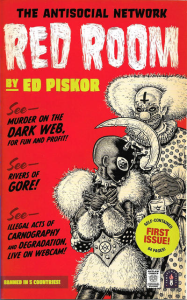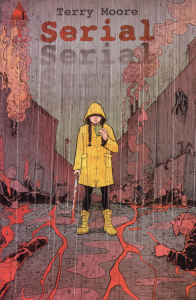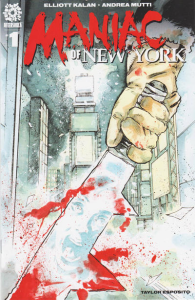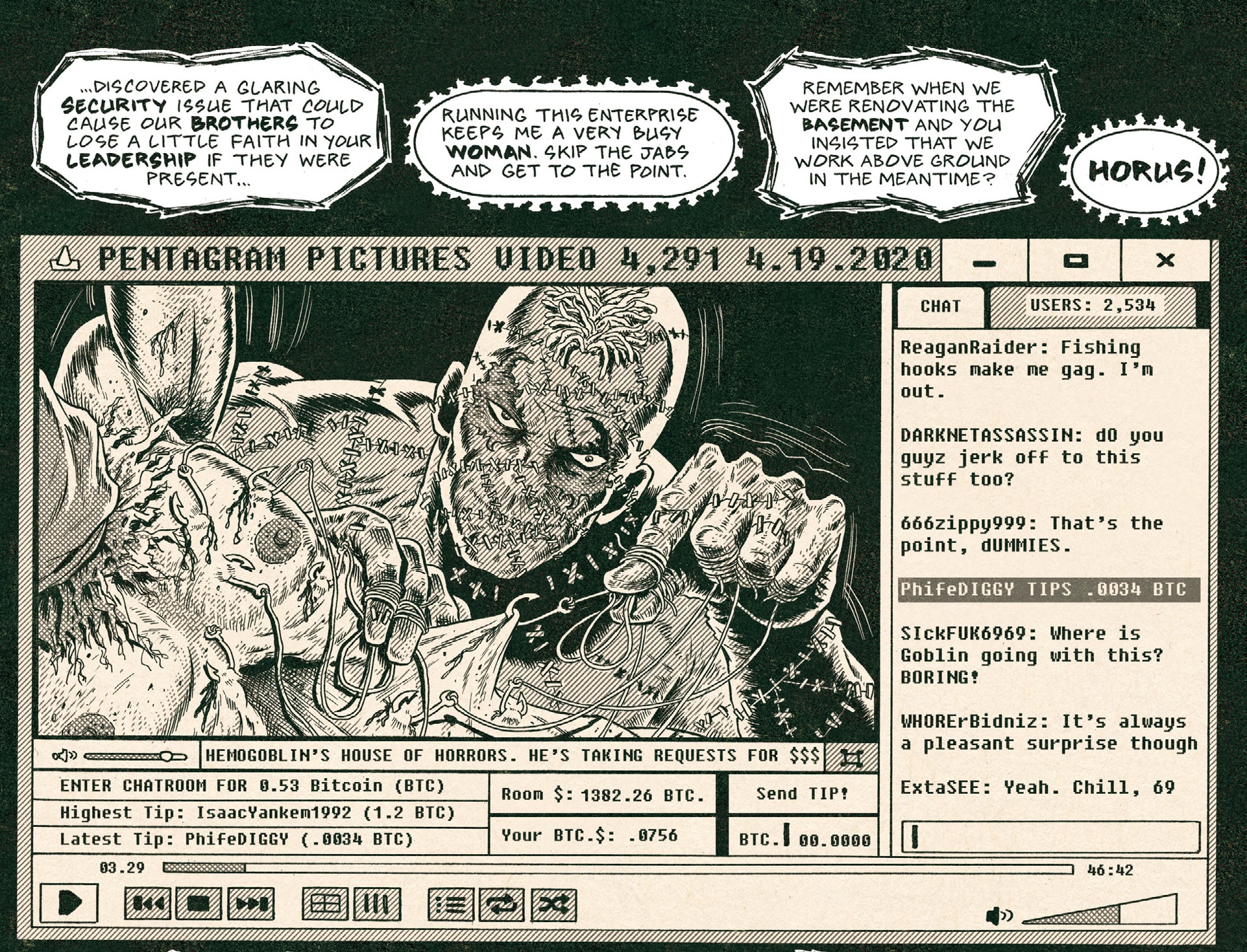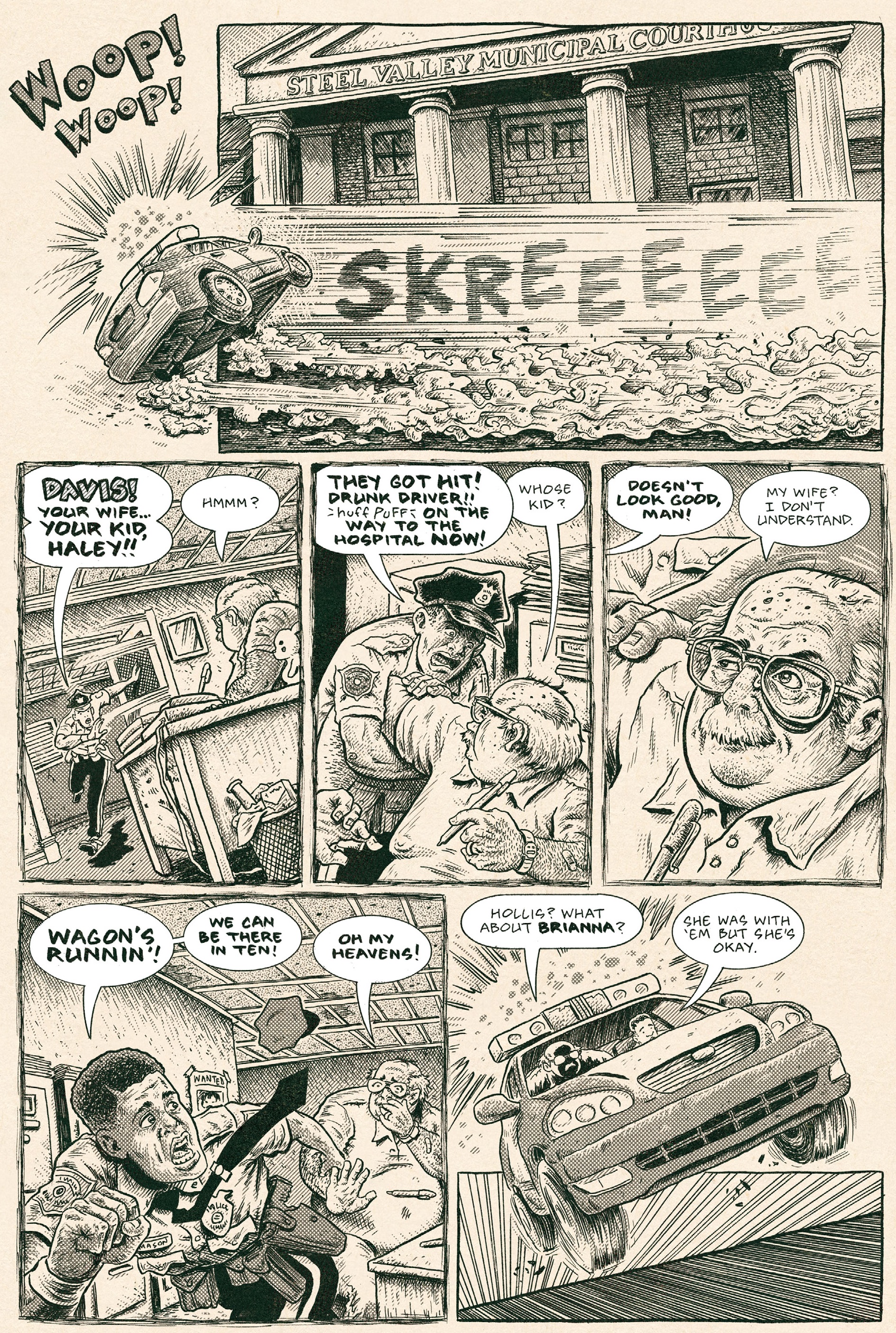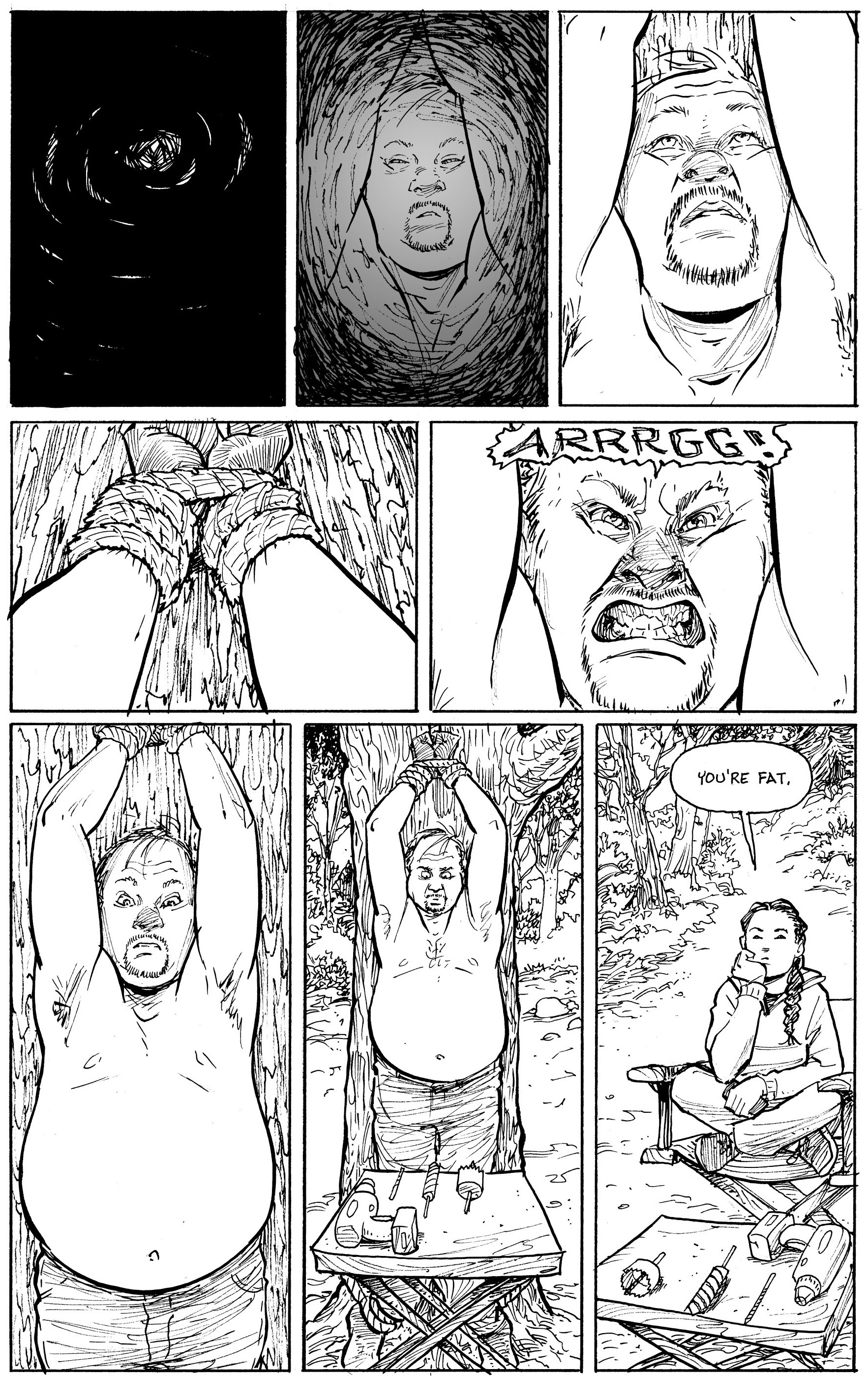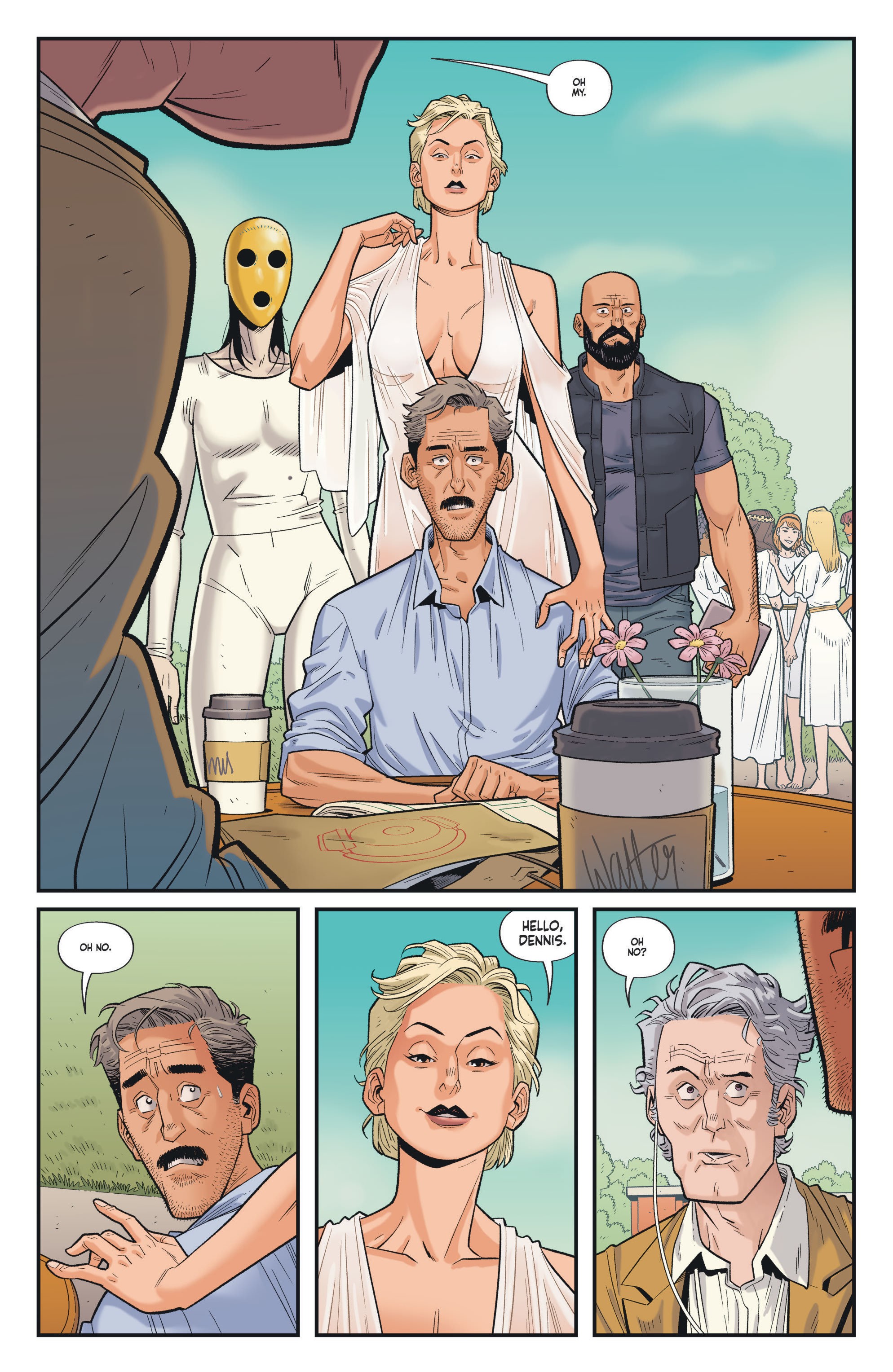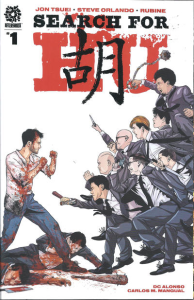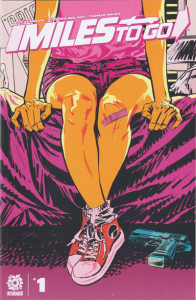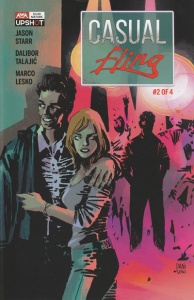Welcome to another round of quick impressions about recent crime comics!
If your definition of crime fiction accommodates horror-like gore and sadism, then these are exciting times, as serial killers remain a very popular trope (although by now everyone uses them with at least the tip of their tongue lodged in their cheek).
For my money, the biggest shocker has been Maniac of New York, which has already given us two cool mini-series (the first one was collected as The Death Train, the second one wrapped up last month). I only knew Elliott Kalan from my favorite podcast, The Flop House, and as the head writer for The Daily Show with Jon Stewart back in the day, so I was pleasantly surprised to see him comfortably shift gears from comedy to a badass thriller that merges slasher horror with police procedural (and, yes, with a fair bit of humor as well).
The series’ high concept is that, for years, New York has been the stage of so many killing sprees by a masked maniac (a la Jason Voorhees) that this has come to be accepted as just another violent feature of city life, to the point where the task force assigned to these cases is now minimal and underbudgeted. It’s like you’re jumping straight into a later sequel from a derivative franchise, so you can piece the backstory together in your mind based on any Halloween or Friday the 13th movie – or any of their countless rip-offs – you may have come across in the past.
More than the likable-if-clichéd characters, what pushes Maniac of New York beyond a solid genre entry is the way the comic cleverly engages with the geography, sociology, and politics of the NYC location, boasting a clear influence from the original The Taking of Pelham One Two Three (which Kalan has often claimed to be his favorite film). Gentrification, systemic racism, and the priorities of the police union aren’t merely acknowledged – they’re worked into the core of the story. You can see this from the outset (including in a key plot point that macabrely anticipated last week’s massacre), but the second mini, The Bronx Is Burning, took things to new satirical levels as it moved the blade-wielding action to a corporate private school (the Maniac Safety Guidelines leaflet in the backmatter of the first issue is absolutely priceless).
As if this wasn’t enough, Andrea Mutti’s watercolors give the whole thing a super-moody look that’s very hard to resist:
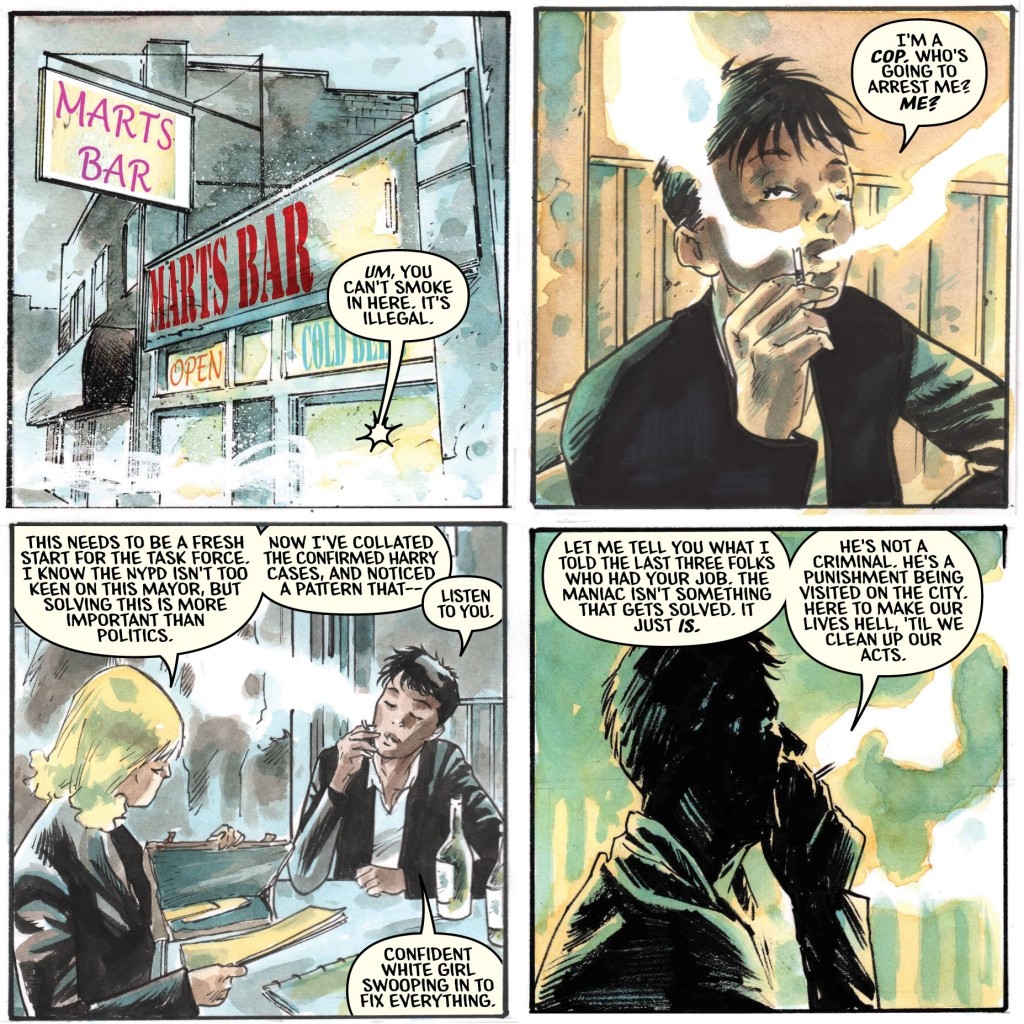 Maniac of New York #1
Maniac of New York #1
With a more hardcore approach to psychological horror, last year cult creator Ed Piskor put out the first four issues of Red Room (meanwhile collected as The Antisocial Network), a twisted anthology about snuff channels in the dark web.
Each issue features a standalone tale set in the same universe (and presumably building into some sort of wider meta-narrative) focused on different people involved in the red room websites: from the killers to the victims and their relatives, from the viewers to the software developers, from the mobsters running the business to the cops trying to close it down. The most fascinating aspect of this series, for me at least, is its concern with the logistics of the whole thing, trying to imagine how such an underworld could actually operate and stay clear of law enforcement, including by carefully navigating the darkest corners of the internet (something that also plays a role in A Righteous Thirst for Vengeance, as mentioned in my other post).
Red Room #1
The artwork is a tour-de-force. As you can see in the scan above, part of the comic simulates computer screens that include not only snapshots from the videos, but also the fan community’s sick comments (which are even more unsettling). The imagery – on and off the diegetic screens – is horrifically grotesque and disturbing, although the cartooniness and lack of color help tone down the intensity. In fact, even if you’re not into torture porn, you may find yourself appreciating Ed Piskor’s impressively detailed rendering and forceful expressionism. (And sure, it may sound somewhat perverse to enjoy the aesthetics of hyper-violence in a comic about the moral implications of sadistic voyeurism, but the appeal here is precisely how over-the-top everything looks, as opposed to capturing realistic pain…)
Although Red Room wears the influence of 1950s’ EC titles on its sleeve (particularly in issue #4), there is a more recent lineage at play: Piskor’s drawing style – along with the sensationalist content and the filthy humor – make this a worthy successor to a specific tradition of taboo-breaking underground comix. Many of the pages could’ve been swiped from a Robert Crumb sketchbook…
Red Room #1
The other recent black & white indie series about serial killers was Terry Moore’s Serial, which unleashed a bunch of psychopathic murderers and sexual predators on each other. While the approach is way less lurid and nightmarish than the one in Red Room (and less likely to make readers feel dirty inside just by looking at the pages), the 10-issue Serial goes into its own dark territory: at first, most of the people dying seemed utterly despicable, so their killings encouraged our affective complicity and sense of catharsis in a more conventional way, but in the final issues the balance began to shift (and the ending leaves the door open for a possible sequel, so who knows how much bloodshed lies still ahead…).
The intriguing protagonists and the cat-and-mouse shenanigans are enough to make Serial a gripping read, even if I wish it would’ve gone further in its exploration of post-#metoo vengeance, a la Promising Young Woman. Still, although the final product probably won’t leave as lasting an impression as Red Room, Moore’s pace and mise en scène are, as always, a delight.
Serial #4
For an even more balls-to-the-wall take on the concept of pitting multiple psychos against each other, we also got Vinyl, Doug Wagner’s and Daniel Hillyard’s thematic follow-up to 2017’s Plastic. Like their previous collaboration (which gets a brief mention near the end of this mini-series), this is another Ennis-ian black comedy in which a deranged killer turns out to be the most sympathetic figure – except that this time around he joins forces with a couple of FBI agents against a creepy female death cult. That is the general thrust of the story, but there are also a dozen overcrowded subplots, all leading up to mayhem, as the book operates on the odd principle that lunatics all know each other and admire each other’s work. There’s basically a whole underground community of mass murderers, like in that brilliant issue of The Sandman (‘Collectors’) where the characters found themselves in a serial killer convention.
The result is a confusing yet lively mess, less scary than goofy… and very, very bloody. Wagner and Hillyard form quite a team (they were also behind The Ride: Burning Desire, one of my favorite comics of 2020), with the latter’s slick designs and precise angles restraining the former’s caustic ideas. And if Plastic had a relatively grim palette by Laura Martin, Vinyl is well served by vibrant, sexy colors, courtesy of Dave Stewart.
Vinyl #1
(With a very similar tone – and also asking us to root for a psycho killer – last year we also got a reboot of Jennifer Blood that is still going strong, as I discussed a couple of months ago…)
Perhaps as a result of the post-George Floyd backlash against copaganda, Vinyl and Maniac of New York were among the few crime comics in the past year to actually feature heroic protagonists working for law enforcement (although MoNY makes a point to show that its lead isn’t necessarily representative of the rest of the police force).
In turn, the infatuation with private detectives operating by their own personal codes and with their own allegiances and priorities is as alive as ever (as seen in Newburn and Aloma, for example). Another alternative that’s still kicking is the trope of amateur detectives, which brings me to one of 2021’s oddest books:
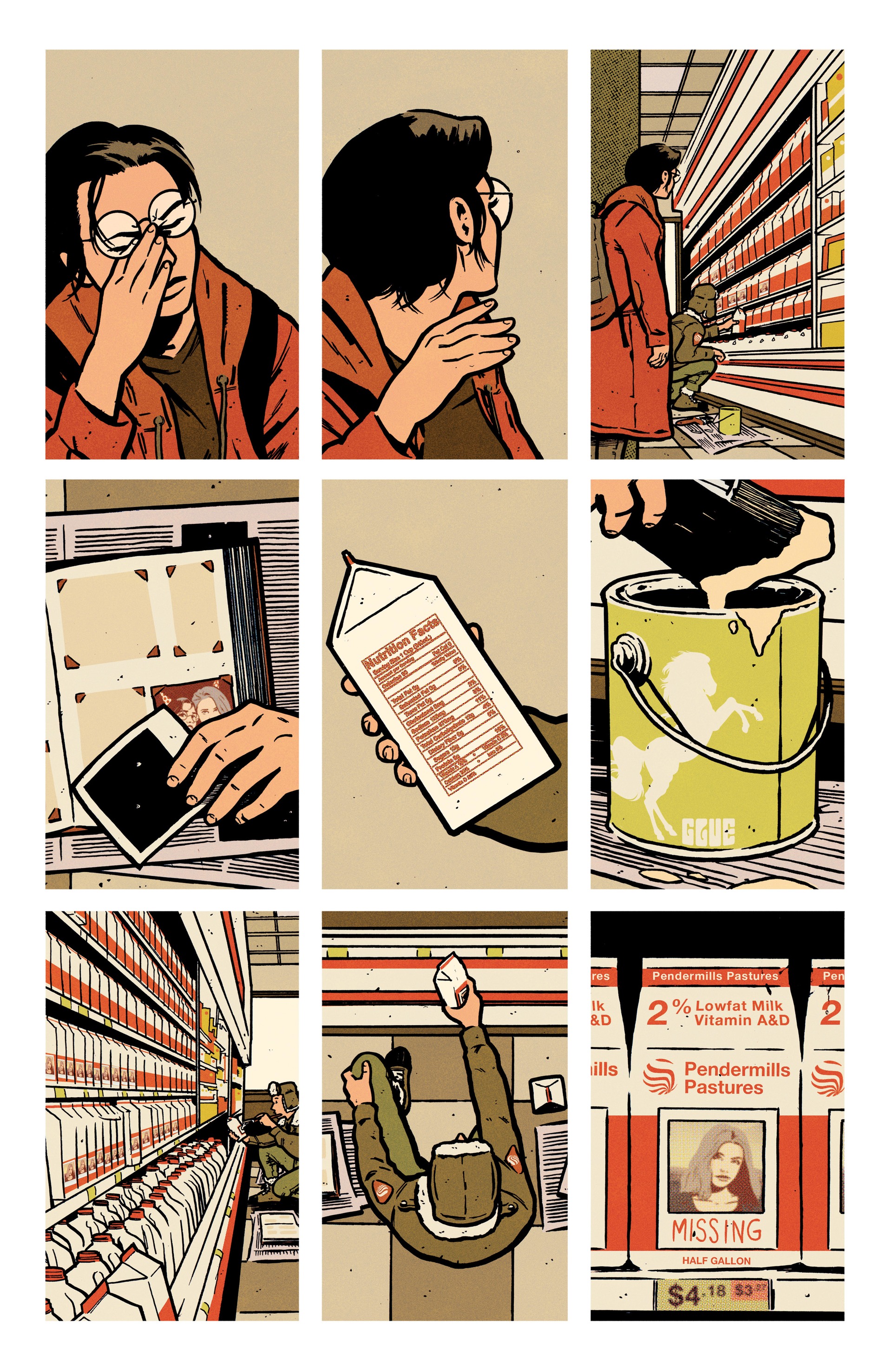 Dead Dog’s Bite
Dead Dog’s Bite
Dead Dog’s Bite revolves around a teen investigating her best friend’s disappearance, somewhere in Middle America, and gradually unearthing a mind-boggling conspiracy. Writer-artist Tyler Boss nails the quirky indie feeling of youthful alienation and witty sarcasm, complemented by an amusing take on small-town dynamics, reminding readers that crime can also be a feature of life outside the big cities. That said, there is a Rod Serling-esque, fourth-wall-breaking narrator whose occasional appearances imbue the comic with a creepy, surrealist dimension that brings it closer to Twin Peaks than to Mare of Easttown.
I’m probably making it sound more derivative than it is… We’ve seen many of these elements before, but Dead Dog’s Bite is put together with a distinctive voice and, while it doesn’t quite stick the landing, it is well worth the ride. Honestly, with a stronger ending, this could’ve been a major contender for Gotham Calling’s book of the year, not least because of Boss’ flair for offbeat layouts and angles:
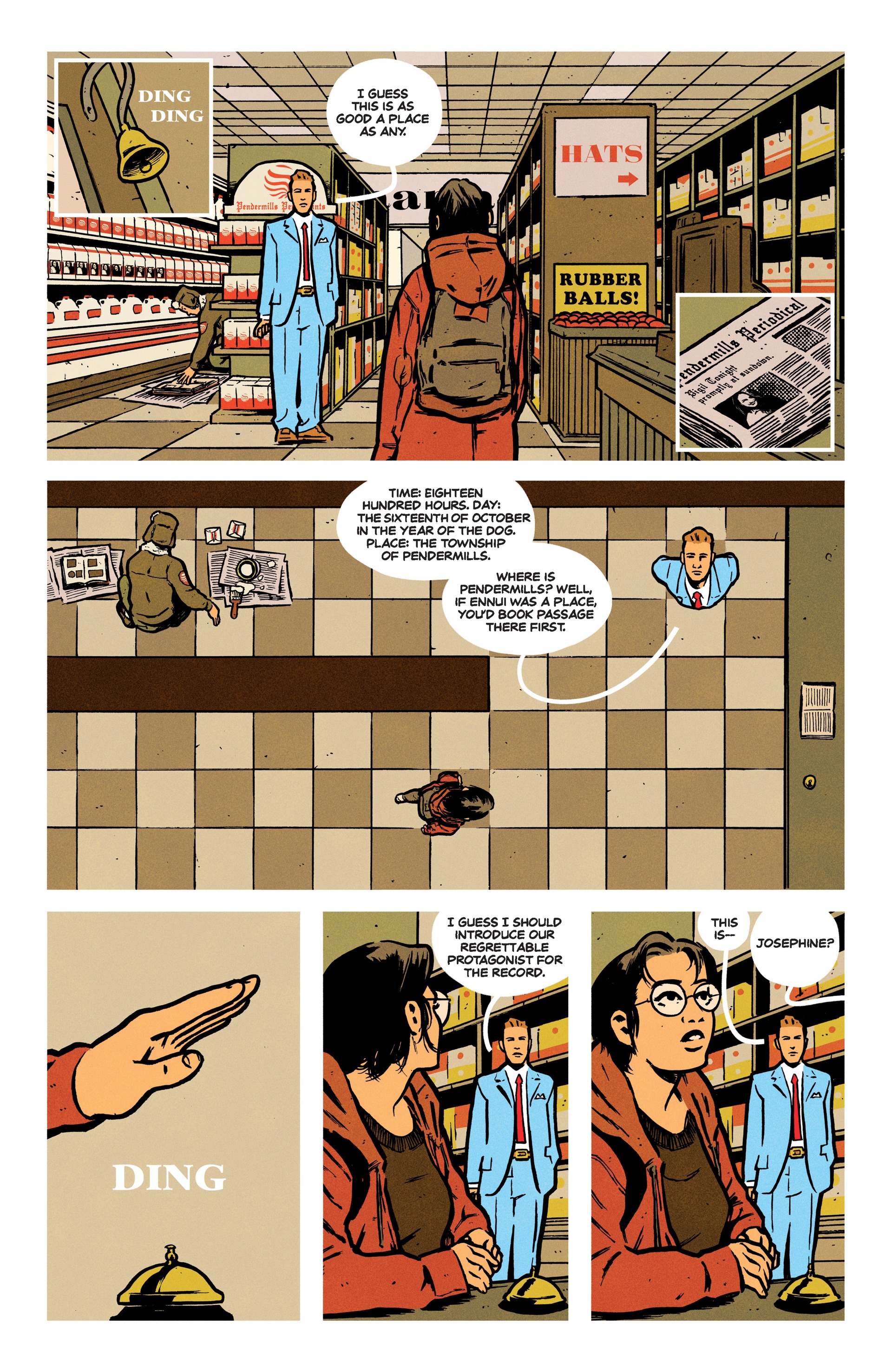 Dead Dog’s Bite
Dead Dog’s Bite
Sadly, not every crime comic has been as smart or as imaginative as these. Still, while they’re not as impressive, devoted genre fans may also wish to check out Miles to Go (B. Clay Moore’s and Stephen Molnar’s rushed soap opera about super-assassins), Search for Hu (a tribute to John Woo with kinetic artwork by Rubine), or Casual Fling (a thriller about extramarital sex gone wrong that also features the dark web as a key plot piece).
Next time around, we’re going to Texas!

